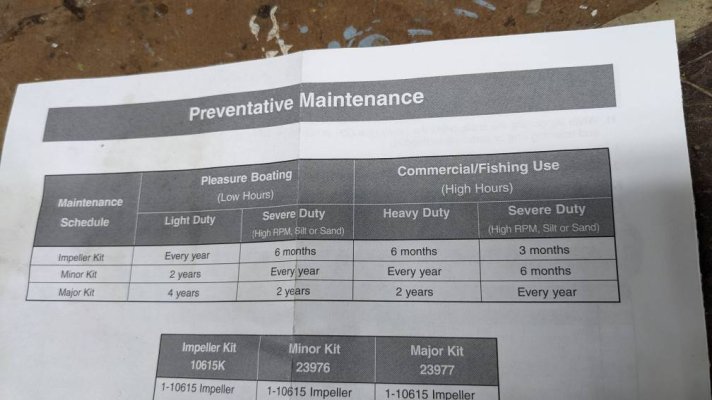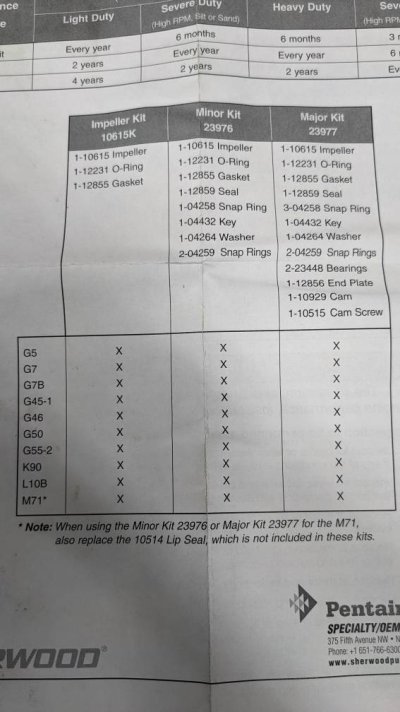JohnBurreson
Newbie
- Joined
- Sep 19, 2016
- Messages
- 3
- Location
- United States
- Vessel Name
- Polaris
- Vessel Make
- Grand Banks Classic 36'
Greetings forum folks,
I moved up from my beloved single Lehman 135SP 36GBCL last year to my new beautiful 42CL with twin Cummins 5.9B TA 330hp. I generally run at about 1250 rpm’s. I run up to WOT for about 10 minutes per month/10 hours. I just filled the tanks and took on. 284 gallons with 98 engine hours plus generator and furnace time. This is amazing fuel economy! Am I running at too low of RPMS?
Thanks for the advice for the neophyte! Be gentle…
I moved up from my beloved single Lehman 135SP 36GBCL last year to my new beautiful 42CL with twin Cummins 5.9B TA 330hp. I generally run at about 1250 rpm’s. I run up to WOT for about 10 minutes per month/10 hours. I just filled the tanks and took on. 284 gallons with 98 engine hours plus generator and furnace time. This is amazing fuel economy! Am I running at too low of RPMS?
Thanks for the advice for the neophyte! Be gentle…



